Men from Ireland fought and died in one of the world's most recounted battles
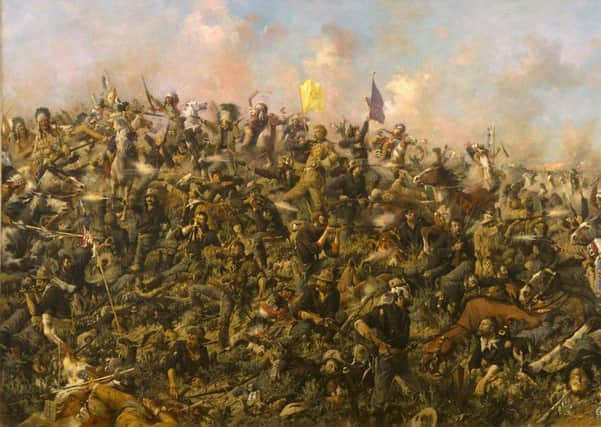

An obelisk atop a windswept hill in Montana, in the northern US plains, is carved with the names of the men who died in an epic battle.
This is Last Stand Hill, a shrine to troopers of the US Seventh Cavalry, who fell in what came to be known as Custer’s Last Stand.
Advertisement
Hide AdAdvertisement
Hide AdAmongst the dead were 29 native-born Irishmen, four of them from Ulster (including Donegal).
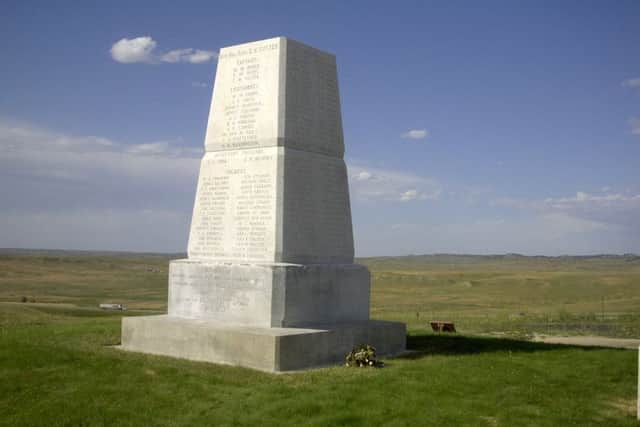

Lieutenant-Colonel George Armstrong Custer was the flamboyant commander who, on June 25th 1876, led his troop on a reckless attack on a Native American encampment on the banks of the Little Bighorn River. (The phrase used to be ‘Indian encampment’ but the word Indian is now held to be pejorative in the US and Canada.)
Custer believed the enemy numbered 800, which he could easily defeat with the superior firepower of his 200-plus troopers.
In fact, there were thousands of Sioux, Cheyenne and Arapaho braves in the camp; some say as many as 7,000 but no one knows for sure.
Advertisement
Hide AdAdvertisement
Hide AdThey forced Custer and his men to retreat to what is now Last Stand Hill, where they were slaughtered to the last man.
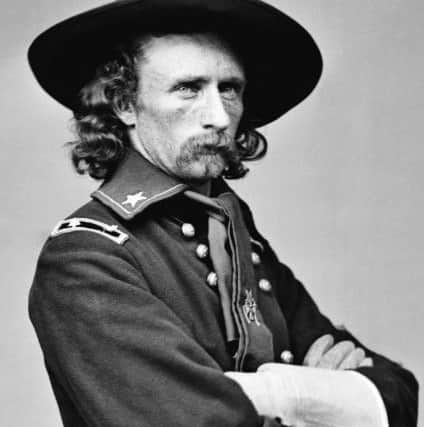

Most historians agree that the death toll was around 210.
The battle, one of the most talked-about and written-about in history, lasted no more than an hour on that sweltering June morning, when the temperature was in the 90s Fahrenheit.
One Irish-born officer, Captain Myles Keogh, is named on the obelisk.
The other 28 Irishmen who died on Last Stand Hill were mostly privates, plus six sergeants and one corporal.
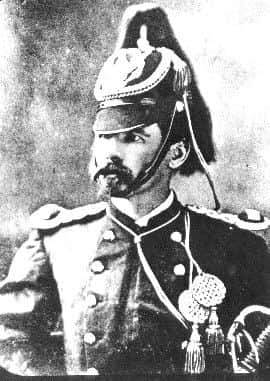

Advertisement
Hide AdAdvertisement
Hide AdMost of them had fled famine-ravaged Ireland in the 1840s and found, in the US Army, a secure meal-ticket and adventure, first in the Civil War – where the Irish fought on both sides – and later in the Indian Wars, as America spread westward across the Great Plains.
Men like Privates Thomas Atcheson, aged 41, and 31-year-old Archibald McIlhargey, both from Co Antrim.
Growing up in Ballycastle, in north Antrim, we were told that a soldier from nearby Armoy died with Custer.
Was it Atcheson or McIlhargey? If we were ever told the name I’ve forgotten it now.
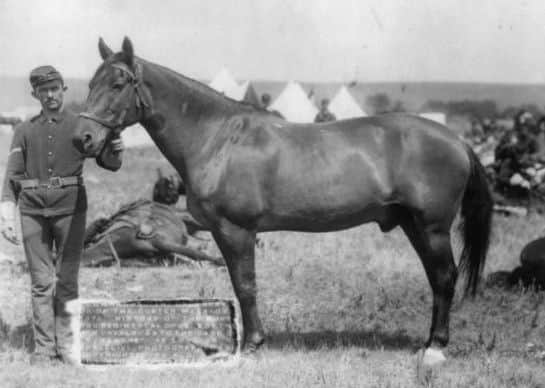

Advertisement
Hide AdAdvertisement
Hide AdWe knew, or thought we knew, all about Custer’s Last Stand from the movie They Died With Their Boots On, which played regularly through the 1940s in Ballycastle’s little cinema on Market Street.
Errol Flynn played the swashbuckling Custer in the buckskin jacket, a jacket that in real life, we now know, had been made for him by 35-year-old Sergeant Jeremiah Finley from Co Tipperary, one of the Seventh Cavalry’s regimental tailors. Finley died on Last Stand Hill.
So did 36-year-old Sergeant Robert Hughes from Dublin, who carried Custer’s standard into battle that day.
The scarlet and blue banner, with its white crossed swords, would have been a much sought-after trophy by the native warriors.
Advertisement
Hide AdAdvertisement
Hide AdCaptain Myles Keogh, the son of a prosperous grain farmer in Leighlinbridge, Co Carlow, was the only Irish-born officer in the regiment, and Custer’s second in command.
A career officer, he had fought in the army of the Papal States in a rebellion in Italy.
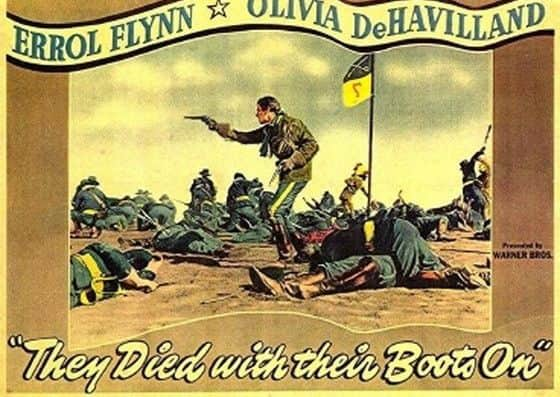

The rebellion over, and bored with peacetime life, he was easily recruited into the Union Army in the US Civil War (1861-1865), distinguishing himself, among other engagements, at the Battle of Gettysburg.
Then he went to the western frontier where the government – following America’s ‘Manifest Destiny’ (the doctrine that it was the white man’s destiny to rule from the Atlantic to the Pacific) – was trying to move the natives into reservations, sparking the so-called Indian Wars.
Advertisement
Hide AdAdvertisement
Hide AdThat brought him to the Little Bighorn River on 25 June 1876.
He was 36 years old.
Keogh’s horse, Comanche, is often referred to as the lone survivor of the Little Bighorn. In fact, several horses survived but Comanche, being an officer’s mount, became the most famous. On its death, Comanche was stuffed and is on display at the University of Kansas.
Also from the north of Ireland with Custer were Sergeant James Bustard, aged 30, from Donegal and 39-year-old Private Charles Graham from Co Tyrone.
In all, 103 native-born Irish were with the Seventh Cavalry on that fateful day.
Advertisement
Hide AdAdvertisement
Hide AdThose who weren’t with Custer were in companies under the command of Major Marcus Reno and Captain Frederick Benteen.
They had been dispatched by Custer to another part of the battlefield, some three-and-a-half miles away.
They fought off the natives, with relatively few casualties, while Custer’s men were being slain and scalped.
Four Irish-born troopers died in the Reno-Benteen battles and another died later from his wounds.
Advertisement
Hide AdAdvertisement
Hide AdHistorians say fully 47 percent of the army in the Indian Wars were foreign-born, mostly from Ireland and Germany.
A measure of the Irish influence on the Seventh Cavalry is the fact that Custer adopted Garryowen, an old Irish quickstep, as the regiment’s official air.
Garryowen remains the most famous of regimental marches in the US Army.
By the way, Custer is often referred to as General Custer.
In fact he was made a brevet (temporary) general during the Civil War but reverted to Lieutenant-Colonel at war’s end. His widow, and fierce protector of his image, kept the higher rank before the public till her death.